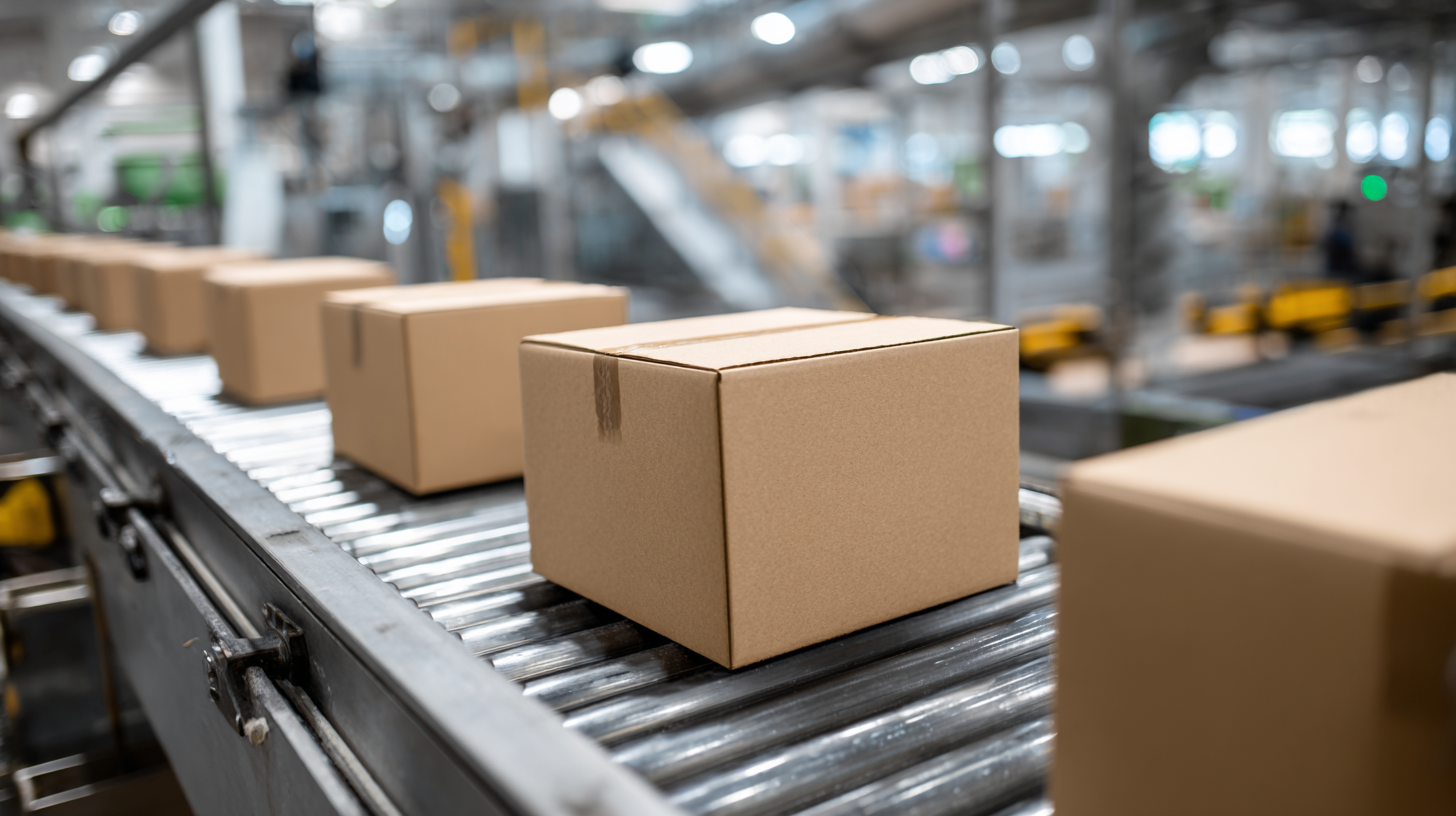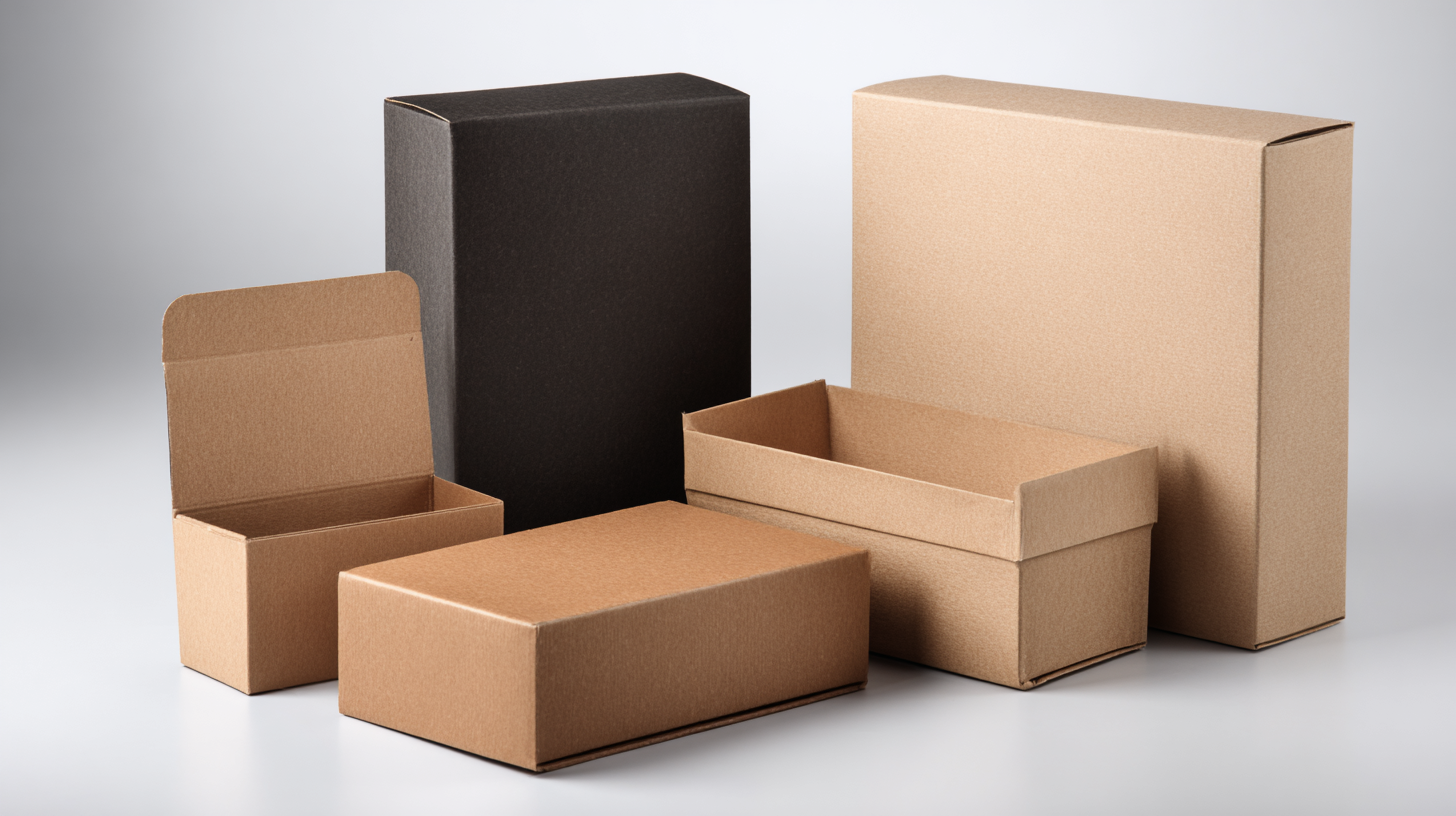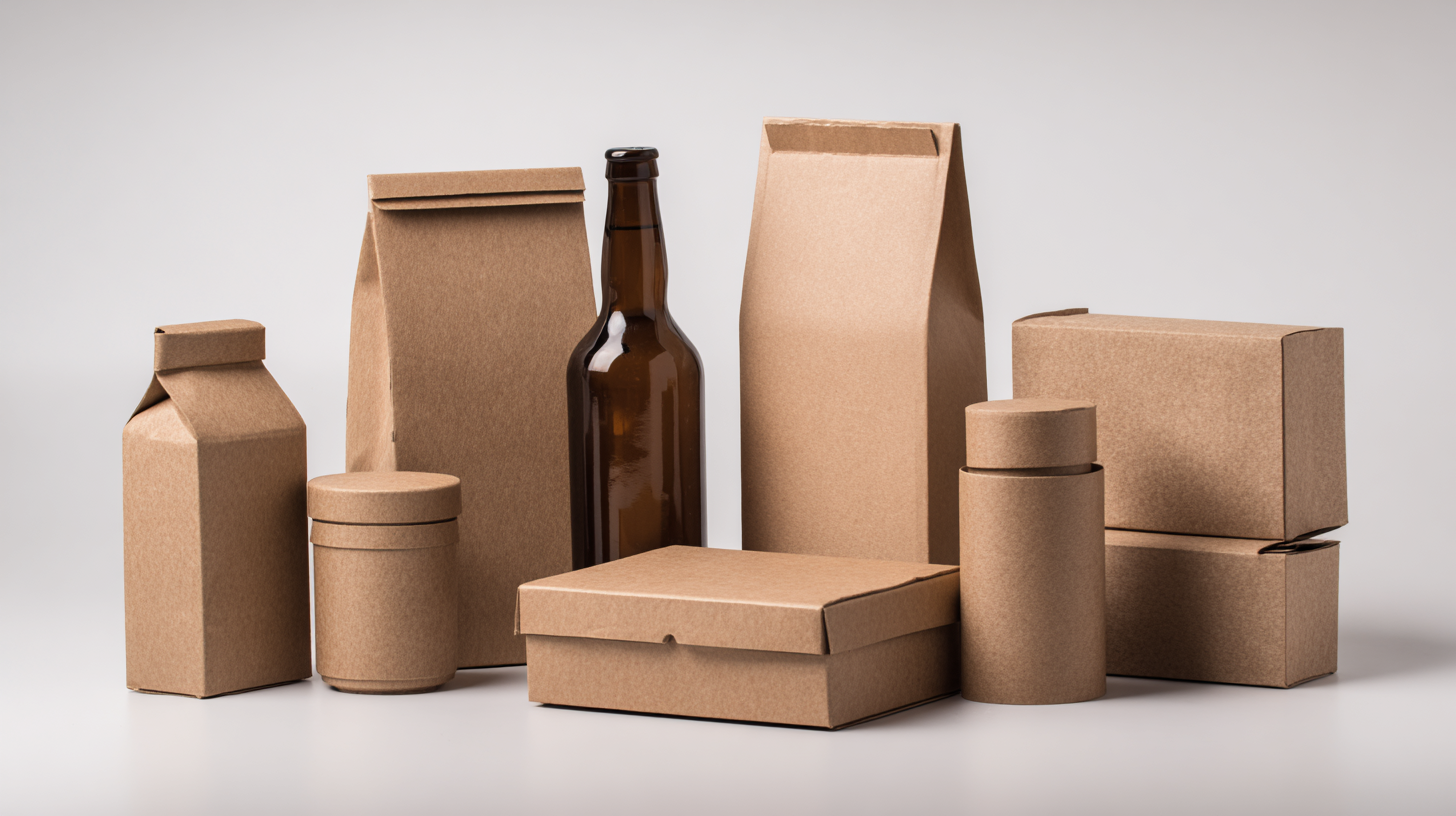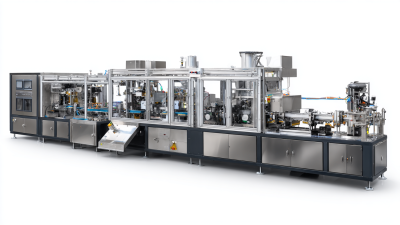Innovative Packaging Solutions for Sustainable Living and Eco Friendly Choices
As global awareness of environmental issues continues to grow, the demand for innovative packaging solutions has never been more critical. According to a 2022 report by Smithers Pira, the global market for sustainable packaging is projected to reach $1 trillion by 2027, underscoring a significant shift in consumer preference towards eco-friendly choices. Packaging solutions that incorporate recyclable, biodegradable, and compostable materials not only reduce waste but also meet the increasing regulations aimed at minimizing environmental impact. Furthermore, a survey conducted by Nielsen indicates that 73% of consumers are willing to change their consumption habits to reduce environmental impact, highlighting the necessity for brands to adopt sustainable packaging practices.

This article will explore how adopting innovative packaging solutions contributes to sustainable living and the various eco-friendly choices available to consumers and businesses alike.
Innovative Materials: The Future of Eco-Friendly Packaging
The future of eco-friendly packaging is being shaped by innovative materials that prioritize sustainability without compromising functionality. According to a report by Grand View Research, the global biodegradable plastic market is expected to reach $27 billion by 2027, reflecting a significant shift towards materials that reduce environmental impact. These biodegradable options, made from renewable resources such as cornstarch and sugarcane, not only decompose easily but also enter the soil as nutrients, thereby fostering a circular economy.

Another promising development in sustainable packaging is the rise of plant-based alternatives to traditional plastic. A study from Smithers Pira indicates that the demand for sustainable packaging is expected to grow at a rate of 5.1% annually through 2024. Innovations like mycelium packaging, derived from fungi, offer a robust and compostable solution that can replace polystyrene foam. These advancements underscore the industry's commitment to minimizing waste and enhancing the lifecycle of packaging materials. As consumers become more eco-conscious, the need for durable, sustainable options will continue to drive innovation in packaging technology.
Reducing Waste: How Sustainable Packaging Affects Consumer Choices
Sustainable packaging has emerged as a pivotal element in shaping consumer choices and driving environmentally friendly behaviors. With increasing awareness of environmental issues, consumers are actively seeking products designed with eco-friendly materials that minimize waste. Innovative packaging solutions, such as biodegradable materials and reusable containers, not only appeal to the eco-conscious consumer but also serve as a reminder of the collective responsibility to reduce environmental impact.
Moreover, brands that prioritize sustainable packaging can differentiate themselves in a crowded market. By embracing green practices, these companies foster brand loyalty among consumers who value sustainability. Research shows that consumers are more likely to support brands that demonstrate a commitment to reducing their carbon footprint. Businesses that adopt such practices not only contribute to environmental conservation but also align themselves with a growing demographic of informed shoppers looking for eco-friendly choices in their purchasing decisions.
Biodegradable and Compostable Packaging: A Deep Dive
The increasing environmental awareness among consumers has led to a significant rise in demand for biodegradable and compostable packaging. According to a report by Smithers Pira, the global market for biodegradable packaging is expected to reach $14.9 billion by 2024, driven by the need to reduce plastic waste and the growing support for sustainable alternatives.
Biodegradable materials, which decompose naturally, and compostable packaging, designed to break down in composting conditions, present vital solutions for consumers and businesses committed to eco-friendly choices.
Recent studies reveal that compostable packaging can significantly lower carbon emissions compared to conventional plastic. The Ellen MacArthur Foundation estimates that if we shift to a circular economy for plastics, we could reduce greenhouse gas emissions by over 1.5 billion tons annually by 2030. Furthermore, companies adopting biodegradable packaging strategies not only contribute to environmental health but also enhance their brand reputation.
Reports indicate that 62% of consumers are willing to pay more for sustainable packaging options, highlighting a strong market shift toward innovation in eco-friendly practices. This is not just a trend; it's a vital step towards sustainable living that businesses must embrace for future viability.

Branding and Sustainability: The Role of Packaging in Ethical Marketing
In 2025, the restaurant industry faces daunting challenges due to rising costs in labor, delivery fees, and the increasing prevalence of AI technologies. The aftermath of the pandemic lingers, creating a complex market landscape that demands adaptability. As takeaway services and packaging trends remain robust, the sector is experiencing a significant shift, particularly with the rising overhead affecting profit margins. This scenario has led to what some are calling a "mass exodus" from the delivery service model, pushing businesses to reevaluate their strategies in an evolving marketplace.
At the heart of this transition is the emphasis on sustainability and ethical branding, which are reshaping consumer expectations. A recent study shows that 89% of consumers have shifted towards purchasing sustainable products, placing pressure on brands to innovate their packaging solutions. As the liquid detergent market, projected to grow to $46.9 billion by 2033, underscores the rising demand for eco-friendly products, restaurants can leverage sustainable packaging not just for compliance but as a pivotal marketing tool. By integrating eco-friendly choices into their branding, businesses can enhance their marketability and align themselves with the values of sustainability-conscious consumers, creating opportunities in a turbulent marketplace.
Circular Economy: Packaging Solutions That Promote Reusability and Recycling
The concept of a circular economy emphasizes the importance of reusability and recycling, particularly in the realm of packaging. As the world grapples with increasing waste, innovative packaging solutions are being developed to minimize environmental impact and promote sustainability. By designing packaging that can be reused multiple times or easily recycled, companies are not only reducing their carbon footprint but also educating consumers on the importance of responsible consumption.
One notable approach to achieving this goal is the use of biodegradable materials and refillable containers. These solutions not only diminish the reliance on single-use plastics but also encourage a culture where consumers actively participate in sustainability efforts. For instance, brands are now creating packaging that not only serves its purpose but also invites return through incentives for recycling or refilling, creating a closed-loop system. As consumers become more aware of their ecological footprint, such innovative packaging solutions represent a tangible step towards a greener future, aligning business practices with sustainable living ideals.
Innovative Packaging Solutions for Sustainable Living and Eco Friendly Choices
| Packaging Solution | Type | Material | Reusability | Recycling Rate | Environmental Impact |
|---|---|---|---|---|---|
| Biodegradable Bags | Flexible Packaging | PLA (Polylactic Acid) | Single Use | 60% | Low carbon footprint |
| Reusable Glass Containers | Storage Packaging | Glass | Multiple Uses | 100% | Sustainable lifecycle |
| Cardboard Packaging | Rigid Packaging | Recycled Paper | Single Use / Recyclable | 80% | Minimal landfill impact |
| Compostable Cups | Food Packaging | PLA + Paper | Single Use | 70% | Reduces plastic waste |
Related Posts
-

Essential Food Packing Machine Checklist: 10 Key Factors for Optimal Performance
-

Discover the Ultimate Guide to Choosing the Best Seal Machine for Your Needs
-

How to Choose the Right Form Fill and Seal Machine for Your Packaging Needs
-

Exploring the Versatility of Pharmaceutical Filling Machines Across Industries
-

5 Best Horizontal Form Fill Seal Machines for Your Packaging Needs
-

Unlocking Efficiency and Profitability with Powder Packaging Machines for Global Suppliers
